A mechanism in which one object acquires all the properties and behaviors of a parent object.
Inheritance
When you inherit from an existing class, you can reuse 'X' and 'Y' of the parent class. Moreover, you can add new 'X' and 'Y' in your current class also.
Methods and Fields
Inheritance represents the - relationship which is also known as a parent-child relationship.
IS-A
What are the two advantages of inheritance?
Method Overriding & code reusability
A - is a group of objects which have common properties. It is a template or blueprint from which objects are created.
Class
A class which inherits the other class. It is also called a derived class, extended class, or child class.
Sub Class/Child Class
The class from where a subclass inherits the features. It is also called a base class or a parent class.
Superclass
A mechanism which facilitates you to reuse the fields and methods of the existing class when you create a new class.
Reusability
The - keyword indicates that you are making a new class that derives from an existing class. The meaning of - is to increase the functionality.
Extends
What are the three types of inheritance in Java?
Single, Multilevel, and hierarchical
Which two types of inheritance is supported through interface only?
Multiple and hybrid
Identify the inheritance in the image below:
Hierarchical
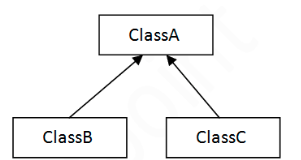
Identify the inheritance in the image below:
Multiple
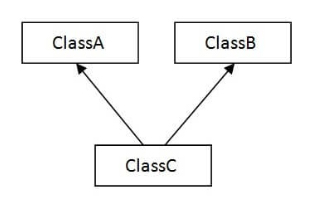
Identify the inheritance in the image below:
Multilevel
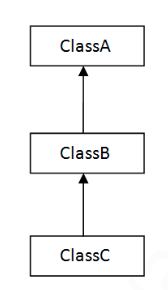
Identify the inheritance in the image below:
Single
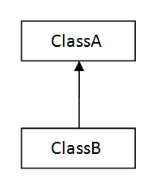
Identify the inheritance in the image below:
Hybrid
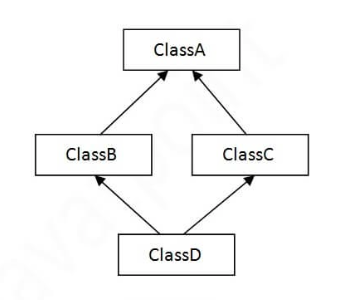
Why is multiple inheritance not supported in Java?
To reduce the complexity and simplify the language





